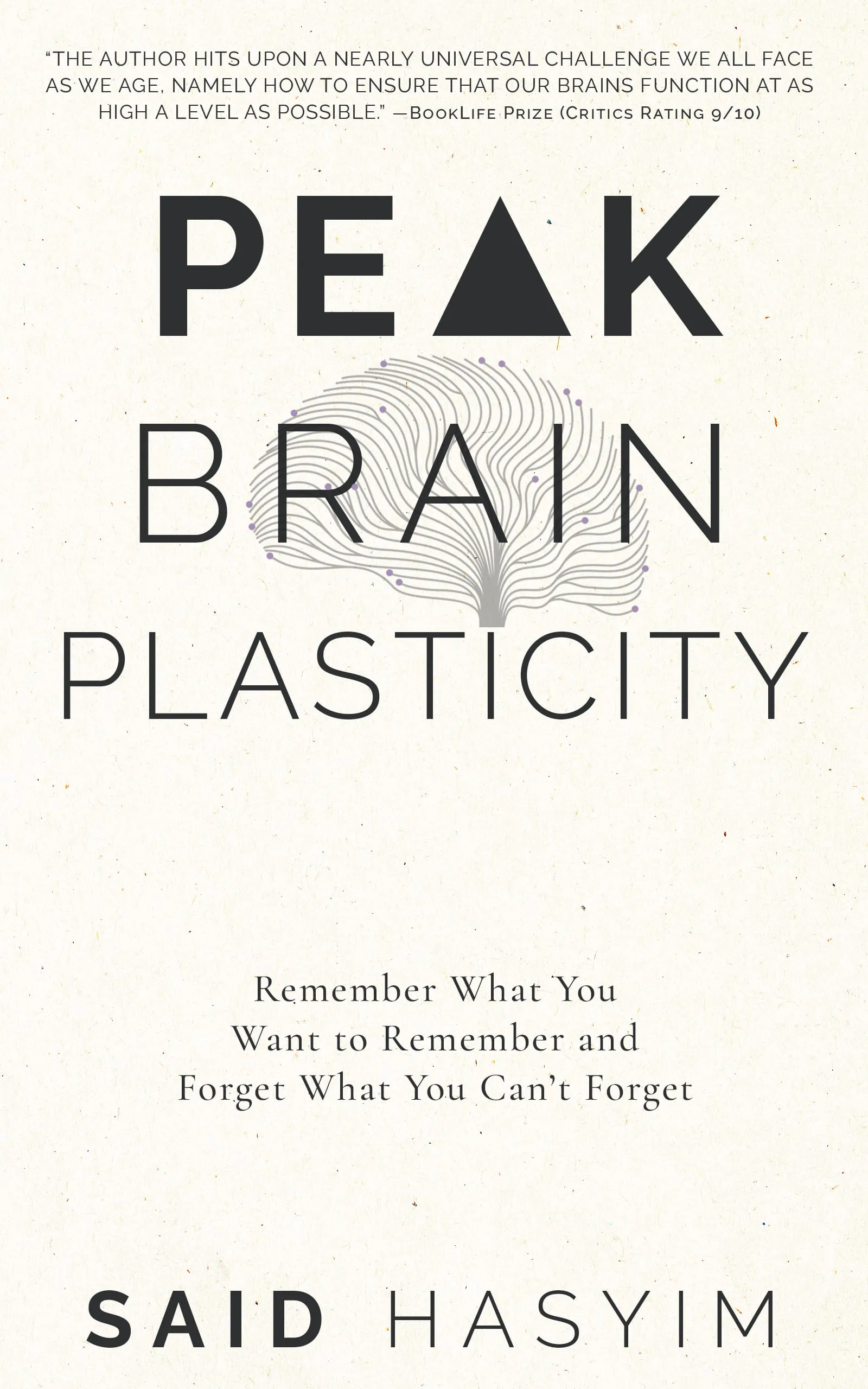Everyday Applications of Brain Plasticity Science
Brain plasticity, or neuroplasticity, is the remarkable ability of our brains to change, adapt, and reorganize in response to experiences, learning, and trauma. This inherent capability is not just a topic of academic interest; it has profound implications for everyday life, including how we learn new skills, recover from injuries, and even enhance our emotional well-being. In this blog post, we will explore a variety of everyday applications of brain plasticity science and how you can leverage this fascinating field to enhance your daily life.
Understanding Brain Plasticity
Before diving into its applications, let’s briefly understand what brain plasticity entails. Neuroplasticity refers to the brain's capacity to form new neural connections throughout life. This adaptability means that our brains can rewire themselves in response to new information, experiences, and challenges. Plasticity occurs on various levels, from cellular changes (like strengthening synapses) to large-scale changes in brain organization.
1. Learning New Skills
One of the most significant implications of brain plasticity is its role in learning new skills. Whether you're picking up a musical instrument, learning a new language, or mastering a sport, the repetitive practice involved leads to changes in the brain's structure and function.
Tips for Skill Acquisition:
- Practice Regularly: Consistency is key. Regular practice creates a stronger neural pathway, making it easier to perform the task.
- Break It Down: Divide the skill into smaller, manageable parts. This not only makes learning easier but also helps in enhancing focus, which promotes neuroplastic changes in the brain.
- Seek Feedback: Engaging with a teacher or mentor provides feedback that helps in recognizing and correcting mistakes, facilitating faster learning.
2. Recovering from Injury
Brain plasticity is particularly remarkable when it comes to recovery from injuries, such as strokes or traumatic brain injuries (TBI). The brain may lose specific functions due to injury, but neuroplasticity allows it to compensate for damaged areas by reorganizing and forming new connections.
Steps to Aid Recovery:
- Physical Rehabilitation: Structured physical therapy encourages the brain to develop new pathways for movement and coordination.
- Cognitive Training: Engaging in cognitive exercises can help rebuild skills like memory, attention, and problem-solving.
- Emotional Support: Providing a supportive environment can contribute to a more positive attitude towards recovery, encouraging engagement and persistence.
3. Enhancing Emotional Well-Being
Our emotional health is also influenced by brain plasticity. Positive experiences, mindfulness practices, and emotional regulation can alter the brain's architecture, promoting resilience against stress and anxiety.
Strategies for Emotional Enhancement:
- Mindfulness and Meditation: Regular mindfulness practice cultivates new neural pathways related to emotional regulation, helping manage stress and anxiety.
- Gratitude Journaling: Writing about things you are thankful for encourages a positive mindset, fostering neuroplastic changes that enhance emotional well-being.
- Physical Activity: Exercise not only promotes physical health but also stimulates the production of neurotrophic factors that support brain health and plasticity.
4. Adapting to Aging
Aging generally comes with cognitive decline, but neuroplasticity offers ways to maintain and even improve cognitive function in older adults. Lifelong learning and intellectual engagement can help stave off cognitive deterioration.
Ways to Support Healthy Aging:
- Engage in New Experiences: Trying new hobbies or activities can challenge the brain, encouraging the formation of new neural connections.
- Social Interaction: Connecting with others boosts cognitive functions by stimulating the brain through conversation and emotional engagement.
- Continuous Learning: Attending classes, reading, or delving into challenging puzzles activates the brain, promoting cognitive reserves.
5. Overcoming Habits and Addictions
Neuroplasticity also plays a crucial role in overcoming negative habits and addictions. Understanding how habits form in the brain can empower individuals to break the cycle of addiction through rewiring their thought patterns and behaviors.
Techniques to Break the Cycle:
- Identify Triggers: Analyze and acknowledge the triggers that lead to the habit. This awareness helps create new decision-making pathways.
- Replace with Positive Behaviors: Substitute the unwanted behavior with a healthier alternative. Over time, this promotes the development of new, more desirable neural pathways.
- Mindfulness Practices: Mindfulness encourages a non-judgmental awareness of thoughts and habits, providing space to choose healthier responses.
Conclusion: Harnessing the Power of Brain Plasticity
The science of brain plasticity presents us with valuable insights and practical strategies for various aspects of life. From enhancing learning and recovery to improving emotional health and fighting aging, neuroplasticity holds the key to unlocking human potential. Understanding and harnessing the principles of brain plasticity can lead to empowered living, as we embrace the dynamic capabilities of our brains.
By recognizing that our brains are not static or fixed, but rather adaptable and malleable, we can take proactive steps to cultivate a better quality of life, develop new skills, and build resilience. The journey of self-improvement is ongoing, and with the fascinating science of brain plasticity on our side, the possibilities are truly endless.
Harness the Power of Neuroplasticity
Discover Peak Brain Plasticity, a practical book to harnessing neuroplasticity. Enhance your memory, learn new languages quickly, and alleviate anxiety with effective study methods. Uncover daily habits that impact cognitive health and explore techniques for accelerated learning and memory retention. Unlock your brain's potential for growth and transformation.
